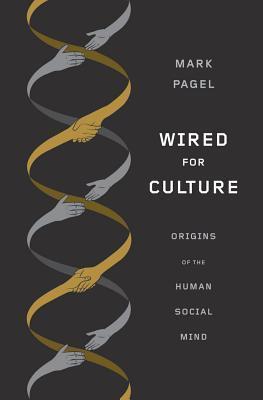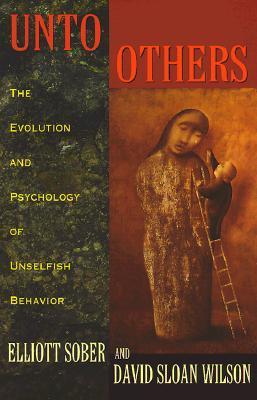
Behave: The Biology of Humans at Our Best and Worst
Book Description
What drives humanity to greatness and plunges it into chaos? Robert M. Sapolsky delves deep into the tangled web of biology, psychology, and sociology to unveil the secrets behind our most noble acts and our darkest impulses. With a blend of science and storytelling, he explores the forces that shape behavior—from our genes to our environment, from brain chemistry to societal structures. Discover the intricate dance of hormones and ethics, instinct and reason. As the lines blur between good and evil, one question looms: can understanding our biology unlock the potential for a better future, or are we doomed to repeat our worst mistakes?
Quick Book Summary
"Behave: The Biology of Humans at Our Best and Worst" by Robert M. Sapolsky is an ambitious exploration of the biological and contextual roots of human behavior. Drawing on neuroscience, psychology, genetics, and even philosophy, Sapolsky seeks to answer what causes humans to act compassionately or violently. He structures his analysis by moving backward in time: starting from the moment a behavior occurs, then tracing its roots through seconds, days, years, and even back to evolutionary origins. Throughout, Sapolsky emphasizes the complexity of influences—brain structure, hormones, developmental experiences, cultural norms, and social environments—all interacting to shape every action. By dispelling myths of simple cause-and-effect thinking, the book challenges readers to rethink concepts of morality, free will, and social responsibility, suggesting that a nuanced understanding of our biology offers pathways to empathy and better societies.
Summary of Key Ideas
Table of Contents
Layers of Influence on Human Behavior
Sapolsky opens by showing that every human action, whether altruistic or cruel, results from a complex layering of factors. He starts with neurobiology, explaining how the brain’s structure and real-time activity—especially in regions like the amygdala and prefrontal cortex—shape impulses, reactions, and decision-making. Immediate responses are the tip of an iceberg, reflecting deeper currents beneath the surface.
The Brain and Immediate Responses
Beyond the split-second workings of the brain, Sapolsky delves into the roles of hormones, such as cortisol and testosterone, and neurotransmitters like dopamine. These biological mediators prime individuals to act aggressively, empathetically, or impulsively, depending on the situation. He discusses how experiences during infancy, puberty, and even while still in the womb can tune a person’s stress response or susceptibility to empathy.
The Role of Hormones and Development
Behavior is also molded by longer-term developmental processes. Early attachment, trauma, and childhood environments create enduring patterns in how people cope with challenges or relate to others. Genes contribute to predispositions, but Sapolsky cautions against genetic determinism, noting that gene expression often depends on environmental triggers. The interplay between biology and experience is always dynamic.
Culture, Environment, and Morality
Moving outward, the book addresses the importance of social and cultural forces—how group dynamics, norms, religion, and political structures all influence moral reasoning and ethical choices. Ingroup versus outgroup dynamics, shaped through millennia of evolution and ongoing social learning, underpin much of what makes us both compassionate and capable of cruelty.
Implications for Society and Responsibility
Sapolsky ultimately confronts questions of free will, blame, and social responsibility. He argues that understanding the biological roots of behavior should foster humility and compassion rather than fatalism. By recognizing the intricate causes of good and bad actions, societies can adopt wiser policies, encourage empathy, and create environments more likely to inspire our best selves. The book closes with a hopeful call for applying this knowledge to foster a more just and humane world.
Download This Summary
Get a free PDF of this summary instantly — no email required.





